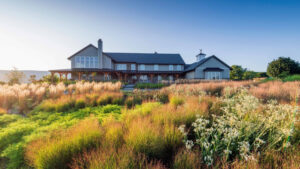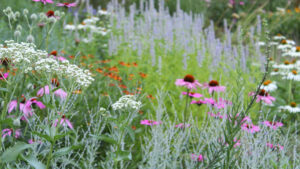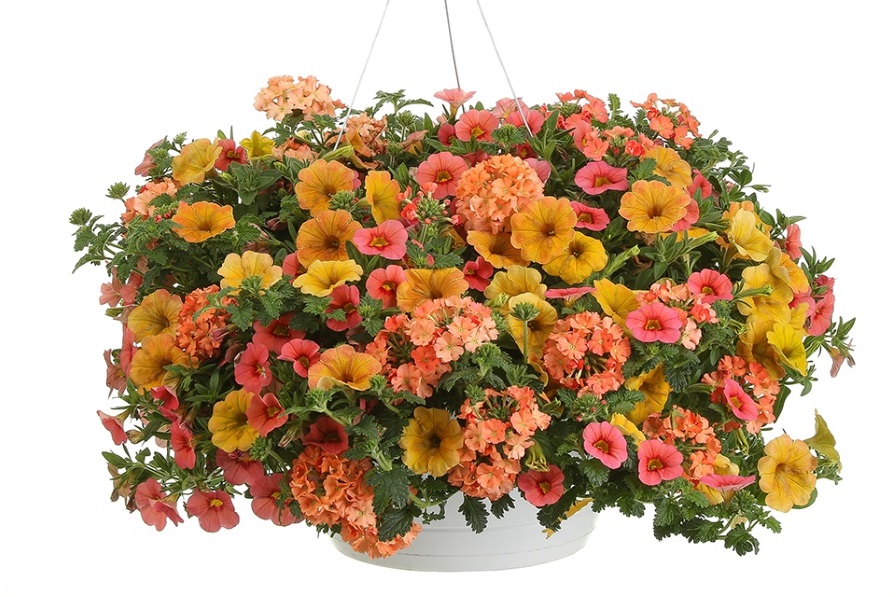Perennial Plant Association Announces Landscape Design Winners
During the Perennial Plant Association’s (PPA) 2021 Virtual National Symposium, three Landscape Design companies were recognized for their projects. The entries comprised 11 categories based on residential, commercial, educational, temporary or seasonal designs, and production price.
Initiated in 1992, the Landscape Design Awards program has recognized design projects that are exemplary in the use of herbaceous perennials to help create balanced and beautiful landscapes. The after-market applications of growers’ products and the design, installation, and maintenance of plants in gardens and natural settings are of special interest to PPA. Both experienced and novice designers were invited to participate.
Each year, judges evaluate many landscape designs and select the standout entries based on herbaceous perennial plant material’s effectiveness through the implantations of new cultivars, color combinations, textures, and seasonal combinations.
This year’s recipients included:
Donald Pell of Donald Pell Gardens

Photo Courtesy of PPA
Pell received an honor award for his Kempton, PA, Garden project. Native and cosmopolitan plants of cespitose clumps, and bulbs, stolons, and rhizomes with plants that would spread by seed were composed together to create a dynamic, sustainable landscape. This impressionistic prairie mixed cool and warm-season plants and primary and emergent layers to create four seasons of beauty.
The design sought to entice guests to circulate through a beautifully detailed guest entry onto a promenade toward the veranda and front door or through multiple tertiary paths that continued the journey around the garden.
The judges liked how the design maximized the herbaceous layer on the property to keep the view of the surrounding landscapes. They felt the plans beautifully incorporated the existing vistas and the home. The selection and positioning of the plant material made it appear to blend into the environment while at the same time offering the intimacy of the garden around the home.
Andrew Marrs of Andrew Marrs Garden Design
Marrs also received an honor award for his University Street Garden project.

Photo Courtesy of PPA
“The goal of the University Street Garden was to capture the feeling and ecological function of a wild place but also be legible,
artful, and have more floral impact than typically found in a naturally occurring wildflower meadow,” Marrs says.
An extensive plant palette of more than 80 different species and selections was developed. Each plant was chosen for its role in attracting wildlife, its adaptability to the unamended soil conditions on the site, and its ability to fit within a naturalistic aesthetic.
The team of judges loved that the design brought attention to the existing site conditions and long-term maintenance needs. Equally important emphasis was given to choosing plants that provide pollinator habitats. This approach showed that sustainability was a factor in the design and maintenance plan for the homeowner when selecting plants.
Campion Hruby Landscape Architects

Photo Courtesy of PPA
A merit award was granted to Campion Hruby Landscape Architects for its Bridgeview project. The site focused on an ever-changing collection of plants that emphasized the summer season. Lawns were reduced from large expanses to smaller “outdoor rooms,” large blocks of coastal grasses were filled with drifts of colorful perennials. The evergreen structure provided a buffer from wind gusts off the Chesapeake Bay. Going against traditional manicured gardening design, the Campion Hruby team brought the same wild Chesapeake to feel out to the roadway with large sweeps of seasonal perennials and ornamental grasses.
The judging committee applauded the cohesive design with attention to all aspects of the landscape, including the hardscapes. Broad vistas and contemporary elements provided an inspiring edge to the New American Garden style.








